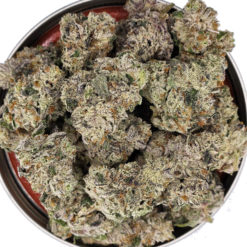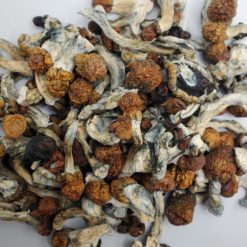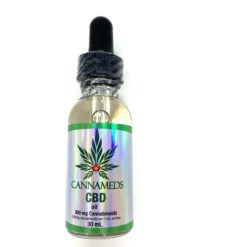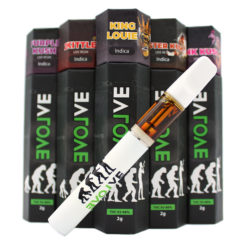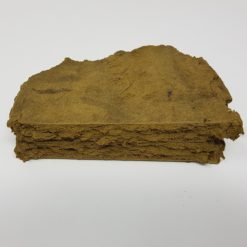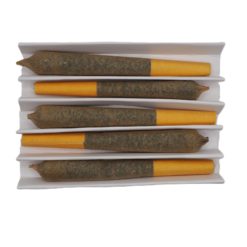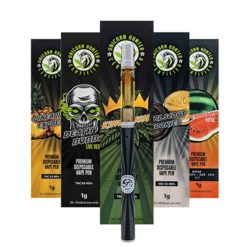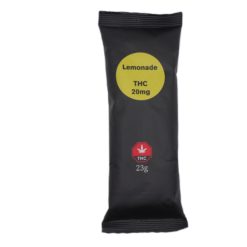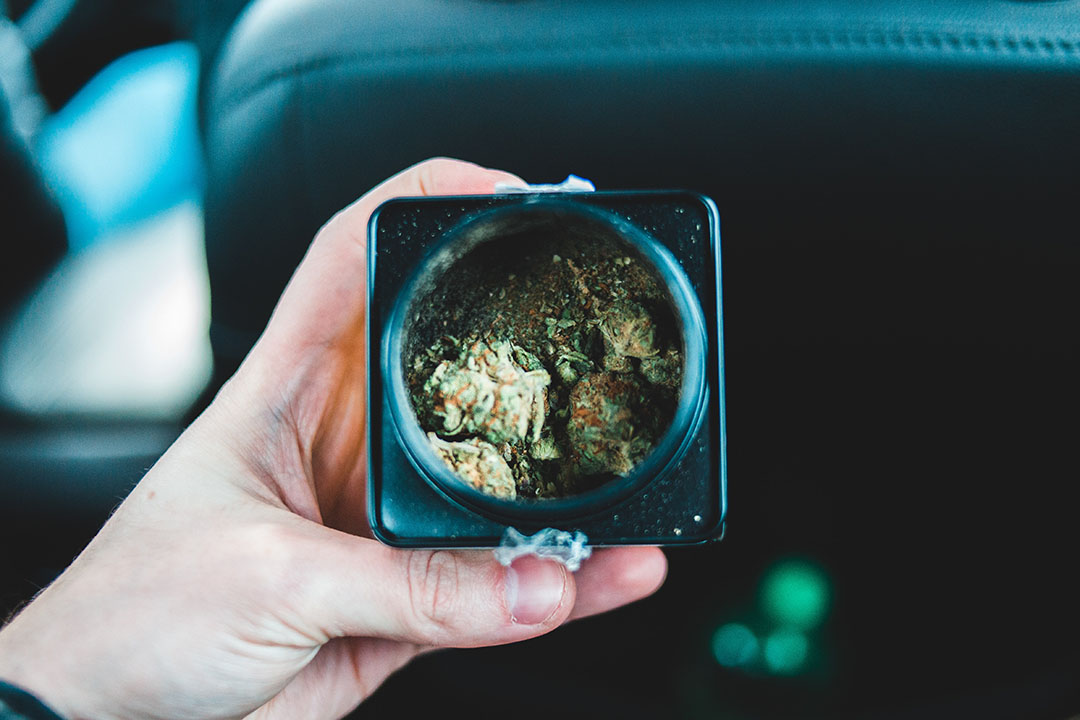When in a bind, most of us still revert to the old tactic of asking a friend if we can buy some weed from them out of the jar in their living room. We all do it, and we’re all likely to keep doing it in the same way we share chips and drinks. It’s just in marijuana culture.
But nowadays, we have a lot more options available to us – options numbering in the hundreds and counting. With all the new data on the various components of cannabis plants and the effects of smoked weed or edible weed, being able to tell what you’re getting is becoming a critical bit of information that could accurately predict your cannabis experience with that bud.
There are two ways to be able to predict with relative accuracy what it is that you’re getting, once you’ve learned a bit about what to check for.
These two ways include smelling the bud and paying close attention to the appearance of the bud.
What smelling your weed can tell you
As it turns out, how weed smells is more of a giveaway to what effects you can expect than any other form of identification including the name (let’s face it, names don’t tell us much anyway).
But how exactly does this work?
When we use our sense of smell, a cascade of biochemical reactions occur in the body. These reactions affect everything from mood, to hormones, to memory, and even have an effect on basic instincts. Don’t believe it? Smell a skunk’s spray and take account of how you’re feeling. You’re likely to understand once you’ve consciously focused on your instinctual reaction to a smell.
What makes things smell the way they do, you ask?
Most smells found in nature are all possible because of terpene molecules, which are produced by most plants and some animals. (More on terpenes in a future article).
Marijuana plants in particular contain some of – if not the most of – the variations as well as volume of terpene profiles out of any plant species in the world. Because of this, they also have a potential to cause a wide range of effects across consumers, with each being slightly different based on a strain’s terpene profile and the individuals themselves.
For example, a strain that smells like lemon or that has other citrus undertones is a strain dominant in the terpene limonene. When smelling a bud, take time to take it in like you’re smelling: flowers, spices, fine wine, or specialty coffee – then take notice of how you feel as the smell is processed. If you feel good, then odds are that bud is telling you limonene’s antidepressant and energy promoting effects are exactly what your body is craving.
Smell however, is not an accurate indicator of cannabinoid (THC) content. For that, we turn to appearance.
What looking at your weed can tell you
In terms of how a weed bud looks, generally speaking, the more frosty the appearance, the higher the cannabinoid and terpene content, meaning if a bud looks like it’s been coated in powdered sugar, it’s likely a very THC potent strain and should be approached as such.
Another good visual indicator is the color of the hairs on the buds. Generally speaking these hairs leave clues to what strain the bud may either be, or resemble closely enough to be able to roughly tell what the effects might be.
If the hairs are in the red/orange/yellow color spectrum, you have a sativa dominant hybrid (pure sativas and pure indicas have become quite rare on the commercial market meaning most strains today are likely hybrids), which means you’ll likely experience more cerebral and uplifting highs.
If the hairs are purple/dark blue/violet, then you are more likely to have an indica dominant hybrid strain and can expect a more body type high with sedation effect.
The color rules are not absolutes however. As with the smell test, there are always going to be exceptions to expected effects because everyone responds to cannabis differently based on personality and genetic factors.
Try to name the nameless weed
A good way to get good at predicting what kinds of buds you just got from your friend who may not remember what they have is with the time honored tradition of practice. The more you repeat the steps outlined above and combine it with research, the better you will get at being a bonafide cannabis connoisseur. With enough practice and study, who knows? Maybe you could even become a local legend – a wellspring of cannabis knowledge.
In future articles, we’ll help this process by educating you further on terpenes and cannabinoids. But for now, learn to master the basics – the nose knows, and the eyes spies – and you’ll be on your way to being a cannabis expert.
We hope you enjoyed this brief cannabis identification guide! To browse our selection of buds and learn more about what kinds of cannabis are currently on the market, check out our bud shop page!
